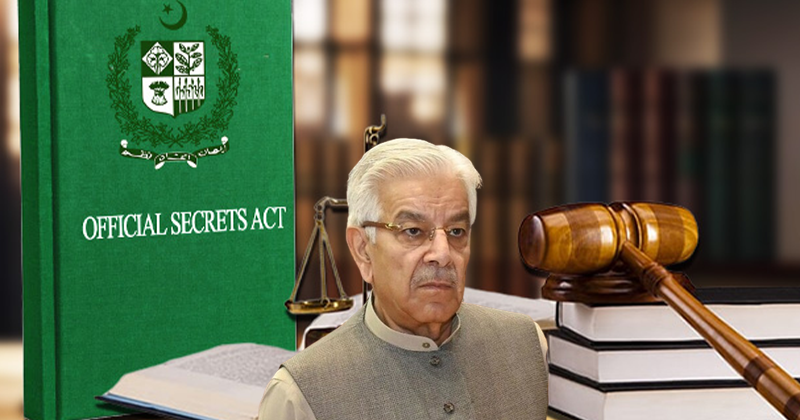By wmw_admin on June 16, 2011
AFP June 15, 2011
Iran successfully launched its Rassad-1 satellite into space on Wednesday, the countrys Arabic-language television channel Al-Alam said.
 It was launched by the Safir rocket and put into orbit 260 kilometres (163 miles) above the Earth, the television said. It is capable of photographing the Earth.
It was launched by the Safir rocket and put into orbit 260 kilometres (163 miles) above the Earth, the television said. It is capable of photographing the Earth.The report said Rassad-1 (Observation-1) can revolve 15 times around the Earth every 24 hours, and that it has a two-month life cycle.
Iran, which has outlined an ambitious space programme in the face of Western concerns, put a satellite into orbit in 2009 and sent small animals into space in 2010.
Western powers fear that Tehran could develop a missile capability under cover of its space programme which could be used to deliver nuclear warheads.
Iran denies it has any ambition to develop an atomic bomb and insists both its space and nuclear programmes are entirely peaceful.
Originally scheduled to launch in August 2010, Rassad was constructed by Malek Ashtar University in Tehran, which is linked to Irans elite Revolutionary Guards.
In February, President Mahmoud Ahmadinejad unveiled four new prototypes of home-built satellites Iran hopes to launch before March 2012.
Iran in February unveiled what it said were prototypes of four new home-built satellites Rassad, Fajr (Dawn), Zafar (Victory) and Amir Kabir-1 and also the engines of a Safir-B1 (Ambassador-B1) rocket, news reports said.
The country does not have an operational satellite of its own but Defence Minister Ahmad Vahidi announced in December that two satellites, Fajr and Rassad-1, would be launched by the end of the current Iranian year to March 20.
Tehran says it aims to send an Iranian into space by 2020.
Fajr is a reconnaissance satellite constructed by the defence ministry, while Amir Kabir-1, details of which were unavailable, is built by Tehrans Amir Kabir university.
Iranian media reports have said the Safir-B1 rocket can carry a satellite weighing 50 kilograms (110 pounds) into an elliptical orbit of 300 to 450 kilometres (185 to 280 miles).
Source











































